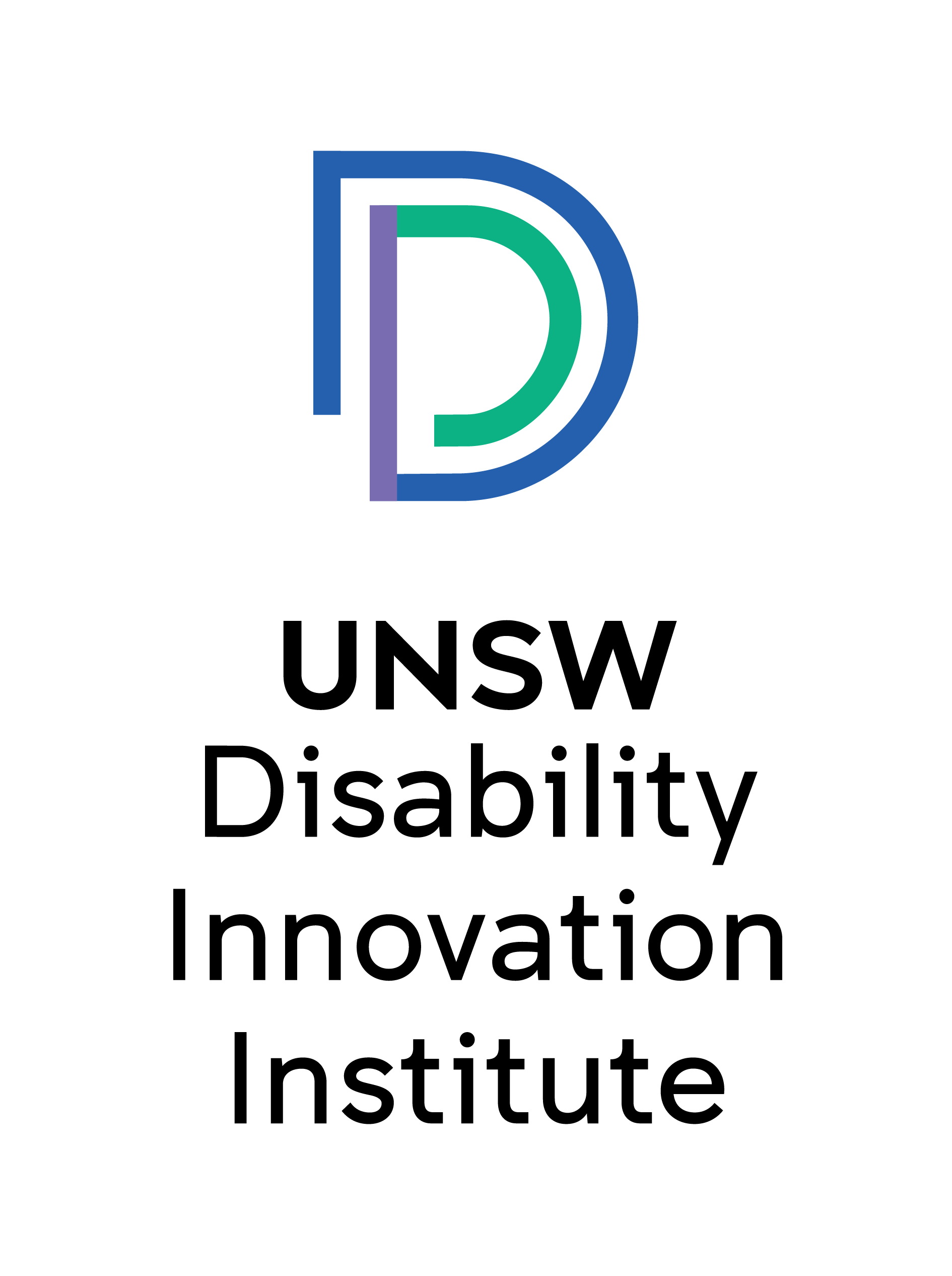The Mental Health Disorders and Cognitive Disabilities (MHDCD) in the Criminal Justice System (CJS) study involved a cohort of 2,731 people drawn from the 2001 NSW Prisoner Health Survey and from the NSW Department of Corrective Services Disability Unit Database. This project represented an innovative approach to researching complex populations by creating a detailed dataset on the lifelong criminal justice involvement for a cohort of offenders. This study used linked but de-identified extant administrative records from The ARC project, and had partnerships with and/or collaboration from all CJS agencies:
- Corrective Services
- Police
- Juvenile Justice
- Courts
- Legal Aid and human service agencies
- Housing
- Ageing, Disability and Home Care
- Community Services
- Justice Health
- NSW Health (giving access to Mortality, Pharmacotherapy and Admitted Patient databases).
Linking data across CJS sub-systems with Health and Human Services data revealed a coherent picture of the multiple factors contributing to the complicated pathways of people with MHDCD into and through the CJS. It also assisted in the development of new interventions to address offending, preventable health, duty of care and human rights needs.
The project developed a unique and innovative method of collecting, merging and analysing data relating to complex individuals and populations such as those who experience homelessness. Merging data across the criminal justice sub-systems and with relevant human services was seen as a highly beneficial way to provide a broad, trans-CJS and human service, dynamic understanding of persons with MHDCD's criminal justice involvement. It sidestepped the problem of using prospective, life-course or longitudinal tracking approaches, which potentially require up to 30 years or more and risk yielding limited numbers of persons in the groups of interest in any case.




